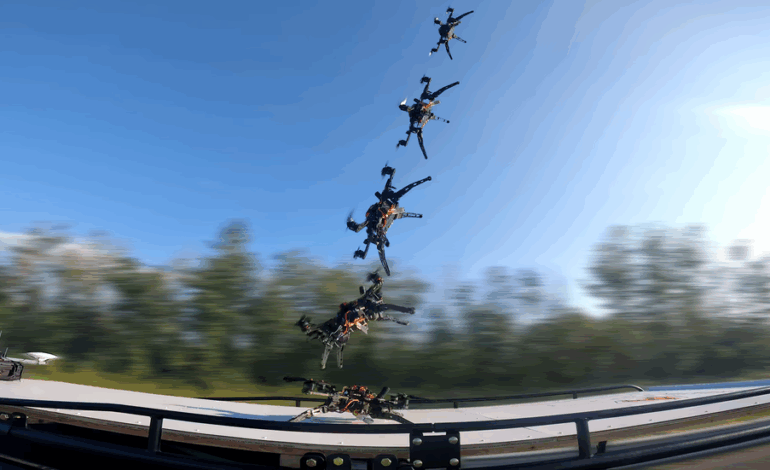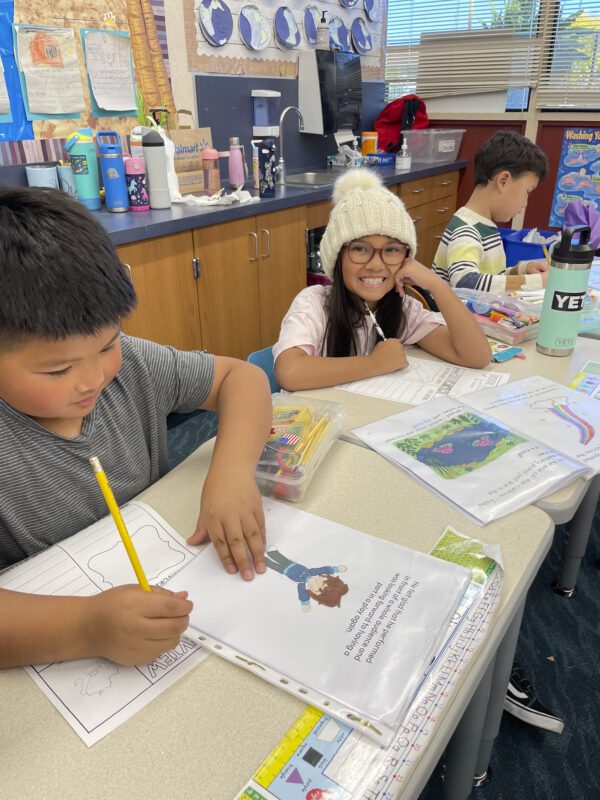Drone Successfully Lands on Moving Vehicle in Latest Robotics Showcase

A recent demonstration showcased the remarkable capabilities of drones in an innovative robotics project, where a drone successfully landed on a speeding vehicle. This event was part of the ongoing efforts to explore the potential of robotic technologies in dynamic environments. The demonstration highlights significant advancements in robotics and drone technology, emphasizing their applications in real-world scenarios.
The video, released as part of the weekly Video Friday series by IEEE Spectrum, features various robotics videos that capture the latest developments in the field. This week, viewers were treated to a series of exciting clips, including the impressive drone landing and insights from the Conference on Robotic Learning (CoRL) exhibit hall.
Highlights from the Robotics Event
Among the notable entries was a presentation from the Createk Design Lab, which showcased their ongoing research in robotic systems. Attendees also had the opportunity to view contributions from institutions such as Hangyang University and Universal Robots. The event served as a platform for discussion on the evolution of robotic learning, with a particular focus on the transition from simulation to real-world applications.
A standout moment during the event involved a playful yet educational video featuring a humanoid robot attempting to navigate a course filled with tennis balls. As expected, the robot struggled to maintain its balance, providing a humorous yet insightful look at the challenges faced by robotic systems in complex environments.
The conference also featured a light-hearted competition where participants tested their skills against a robotic arm in a game of Tic-Tac-Toe. As demonstrated, defeating the robot proved to be a challenging task, underscoring the advanced decision-making capabilities of modern robotics.
Future of Robotic Learning
As robotics technology continues to advance, the potential applications range from entertainment to critical infrastructure. Researchers are increasingly focused on improving the reliability and efficiency of robotic systems in unpredictable environments. The University of Texas at Austin‘s Human-Centered Robotics Lab was also present, contributing to discussions on how lighting and design can enhance robotic functionality.
The momentum generated by events like CoRL is essential for fostering collaboration between academia and industry. Participants shared insights and strategies for overcoming current limitations in robotic learning, paving the way for future innovations.
As the robotics field evolves, the integration of advanced technologies promises to enhance safety and efficiency across various sectors. The successful demonstration of a drone landing on a moving vehicle is just one example of how robotics is set to revolutionize our everyday lives.






